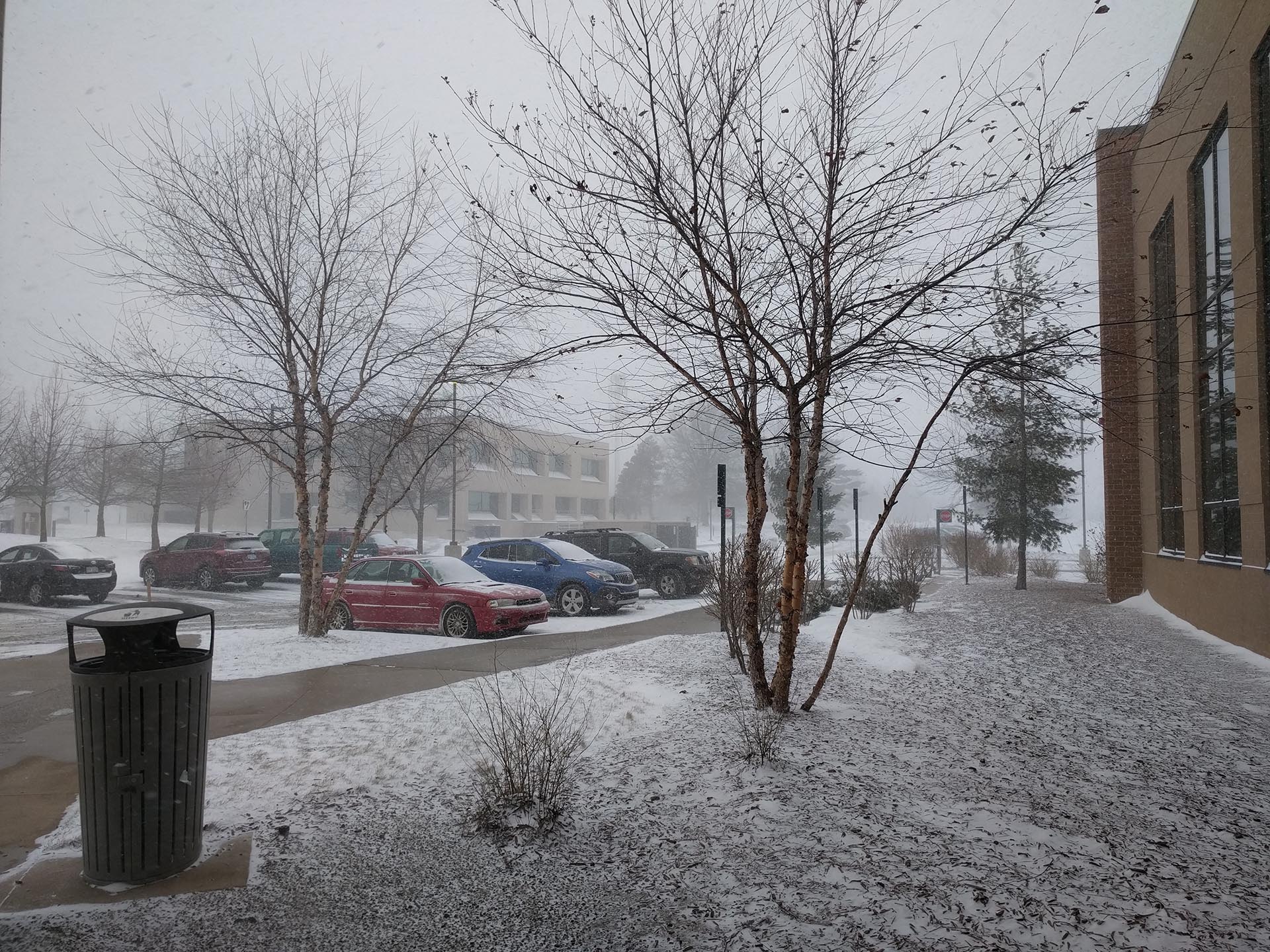
Business Leadership and the 2019 Polar Vortex
Mon, 1 Apr 2019 11:53:52 EST
In January and February of 2019 a phenomenon called a polar vortex enveloped most of the midwestern United States. This polar vortex was linked to record low temperatures for a sustained period of a week or two and turbulent winter weather. Many portions of the state of Michigan also experienced significant, relentless, snowfall during this same time period. This combination of low temperatures and snowfall created deadly road conditions. Road crews typically apply large concentrations of salt to prevent ice buildup. However, with temperatures near or below zero degrees road salt does not work.
This powerful message may have been unavaoidable for many businesses as they must have staff on-site to operate. Two quick examples are restaraunts and gas stations. Without employees physically at those businesses they could not remain open.
The polar vortex phenomenon provided management at all levels of business an opportunity to practice empathetic leadership. We must ask ourselves how could management successfully navagate this unperdictable and tough situation? A few suggestions without significantly impacting the bottom line are:
1. Does the work environment allow work from home accomodation? Most businesses in 2019 have the capability to allow employees to work from home but they do not allow it for reasons including data security, low trust of employees, outdated business processes, and a host of other complex scenarios.
2. If employees cannot work from home; can we allow them to flex their schedule without loosing PTO time? Like letting employees work on days they normally are off when weather will be better.
3. If the business has no choice but to require employees to be at work, can they operate with reduced staff? Could the business offer overtime or time + 1/2 to employees who are willing to cover for other employees who live farther away and cannot make the commute?
One of my favorite leadership books, "Leadership is an Art" by Max Depree focuses primarily on the principle of humane leadership. The concept of humane leadership in essance is the liberation of people to do the work that is required of them in the most humane way possible.
A few concepts from the book exemplify this situation well: "Leaders don't inflict pain; they bear pain.". During the polar vortex, those leaders that beared the burdon of reduced staff bore pain. Those that did not address the risk to their staff inflicted pain.
"The first responsibility of a leader is to define reality. The last is to say thank you. In between the two, the leader must become a servant and a debtor." The polar vortex provided an opportunity to define reality. Was it defined as a hostile work environment, or an environment of empathy? Either way the leadership incurred debt in decreased work morale due to no accomodation or complexity in organizing business activity with staffing constraints.

Charles Palen has been involved in the technology sector for several years. His formal education focused on Enterprise Database Administration. He currently works as the principal software architect and manager at Transcending Digital where he can be hired for your next contract project. Charles is a full stack developer who has been on the front lines of small business and enterprise for over 10 years. Charles current expertise covers the areas of human pose estimation models, diffusion models, agentic workflows, .NET, Java, Python, Node.js, Javascript, HTML, and CSS. Charles created Technogumbo in 2008 as a way to share lessons learned while making original products.
Comments
No one has posted any comments yet, be the first
Comments are currently disabled.


